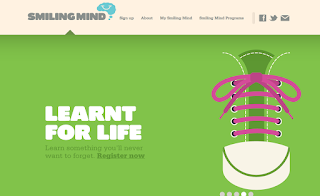Educational apps can connect students with science and scientists with students in remarkable new ways.
Take
Project Noah with its stunning interface and jaw-droppingly beautiful photos taken by volunteer nature spotters across the globe. This web community gives learners of all ages a unique networked learning opportunity: Learn about animals and plants while you contribute to scientific research.
Learners scout their yards, parks or forests for animals and plant species, snapping photos on their smart phones along the way. These spottings become part of a collected knowledge base on the location and movement of species that is invaluable to ongoing research. You can even contribute to specific missions, like the international spider survey or the global schoolyard bio-blitz.
iSpot (sponsored by the UK Open University) provides the same opportunity with a focus on UK regional wildlife.
Crowdsourcing at its best, nature spotting is great for learners and scientists alike, but scientists are also giving data back to the crowd.
Stanford scientists publish their shark tracking data through the "
Shark Net" app so that learners can indulge their passion for predators of the deep by tracking real sharks live on their iPads. You can also read about their bios (the sharks, not the scientists), and manipulate 3D models of great whites like "Tip Fin" and "Mr Burns" while checking their stats. It's like interactive baseball cards for ocean lovers.
The app is delightfully free, but they welcome you to contribute to shark research by pledging an app-sized donation which unlocks an extra shark: "Scar Girl". How clever are these guys?
But don't take it from me, Asia who's 9 says "When I grow up, I want to be a shark scientist because white sharks rock!" She posted that message onto Tip Fin's profile.
Two inspiring examples of creative digital learning experiences with excellent e-learning interfaces to seal the deal.


















